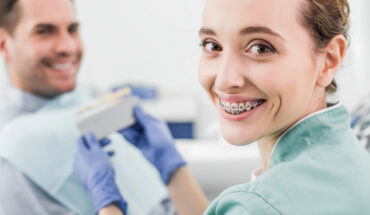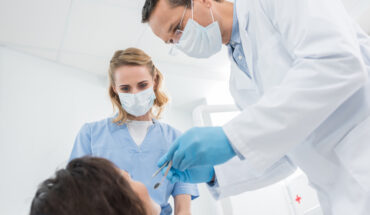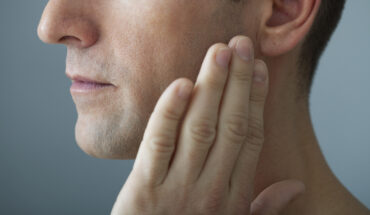
While the overall healthcare industry of Australia relies on imported machinery and equipment, the demand remains extremely high for innovative and premium quality products. On the contrary, the market for dental and orthodontal equipment is ripe, price-sensitive, and competitive in Australia. The medical equipment from Australia is received gladly by locals and foreign people because of its stellar quality and innovation. As more than 90% of their medical machinery come from abroad, this proves that the healthcare industry of Australia is dependent on imports.
The orthodontal consumables and other required equipment are imported in the form of local manufacturing accounts for much less than 4% of dental products. There is high demand for an entire range of innovative and high-quality dental products. In fact, Chermside is home to one of Brisbane’s most respected dentists and there are several other places where dentistry has become highly popular in Brisbane.
Demand for dental services in Australia keep rising
The ADA piece added research from the ARCPOH or Australian Research Centre for Population Oral Health and Insight Economics utilized the study as a starting point to design their set of projections. There is a soaring demand for dental services in Perth, Brisbane and several other parts of Australia. Unlike medical services in Australia that are funded by the government, in case of dental services, the costs are paid by the person getting the services.
Nevertheless, the key drivers for rising demand include the hike in population, the pattern of the population – like elderly to younger generation, cost of services as per the income, societal anticipations, education level and expectations of individual consumers and also on the evolution of dental offerings and latest services.
Increased Demand for previous years – A retrospective look
- From the year 1994 to 2005, there was a 3% rise in average demand every year
- From the year 2005 to 2007, the demand fell to less than 2% every year
- In the year 2007, the CDDS or Medicare Chronic Dental Disease Scheme was initiated and this enhanced the growth of demand by 4.5%
- In the year 2012, CDDS put a halt to the program and it was replaced by a new one that would spend $5 over a period of 6 years
- From the year 2013 to 2018, the amount was 35% less than the $1 billion which was spent on CDDS
The structure of Australian Dental Market Services
The Australian dental and orthodontal market are driven by two main features. The first among them is that majority of the dentists work in dental offices that are privately-owned and small. The second one is that people pay for around 80% of the dental work that is done to them. So, no matter the money is coming from the private dental insurance or from the individual, it actually money out-of-pocket.
This might be the reason why Australians are traveling more locally for medical tourism as they sometimes find medical services cheaper than theirs. Nevertheless, the good news is that 55% of Australians own some form of private insurance coverage that covers different dental processes.
To conclude, it can be safely said that the demand for dental treatment is expected to rise at a rate of 2.55% throughout 2021. If the Australian government plans to spend more money to promote dental care, the numbers could rise even higher.




